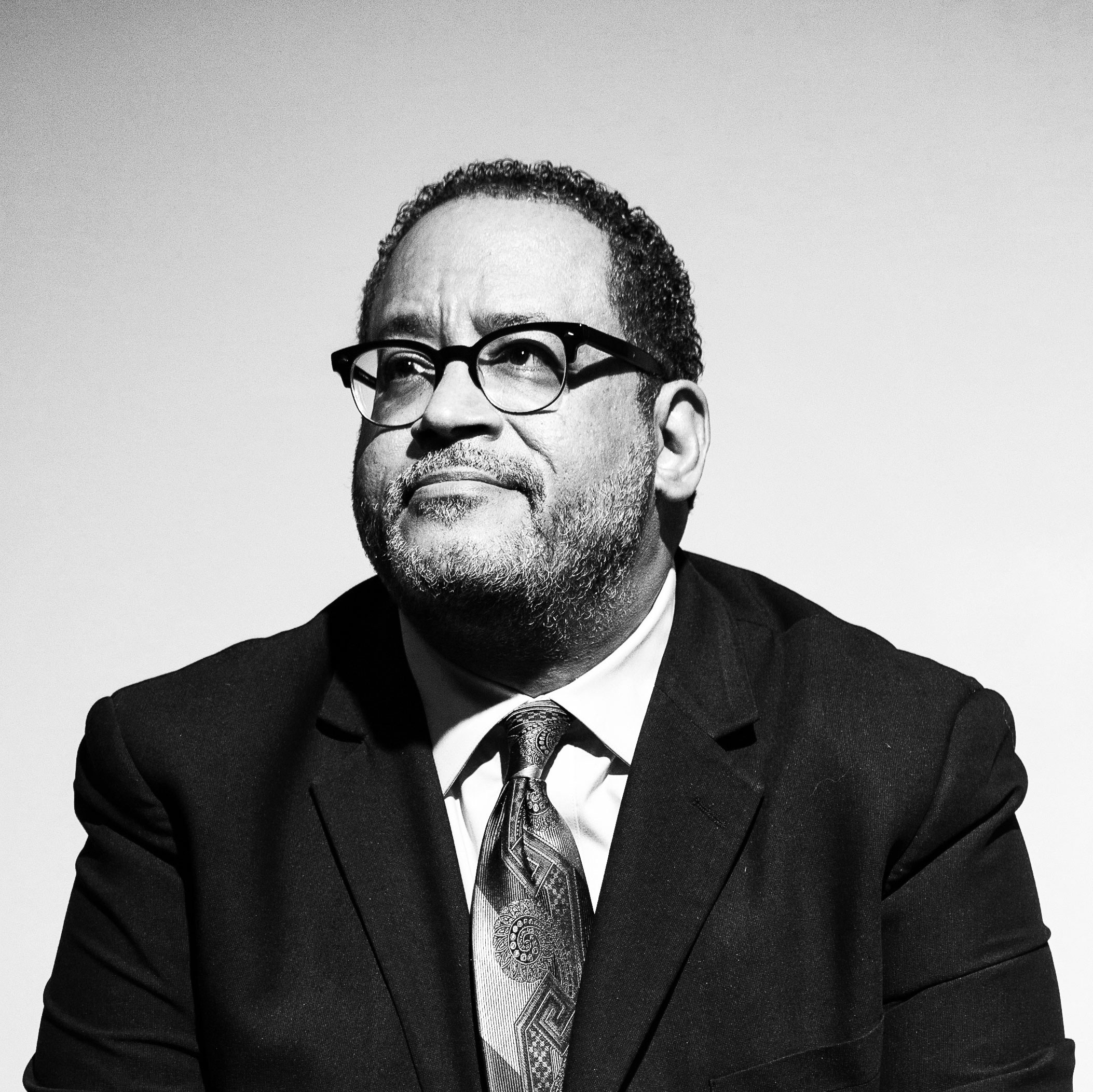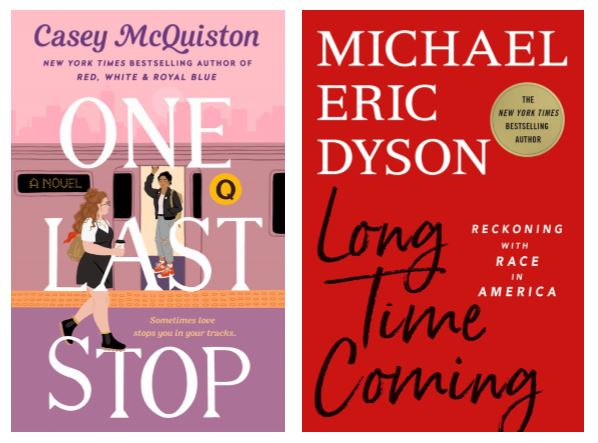
that nevertheless continues to speak to millions around the globe.” In four sections (“Childhood Chains,” “Adolescent Aspiration,” “Portraits of an Artist,” and “Bodies and Beliefs”), Dyson attempts to understand, with the help of those who knew Tupac and also of critics like Stanley Crouch, the man who symbolized the best and worst of rap. In a lengthy preface, Dyson details how his interview with rapper Big Tray Dee (the artist broke down in tears after talking about Tupac) became for him a metaphor of the “agony many have over the loss of Tupac’s gift. Agent: Tanya McKinnon, McKinnon Literary.Noted African-American scholar and Baptist minister Dyson ( I May Not Get There With You, 2000, etc.), in keeping with the current reappraisal of hip-hop and rap, offers provocative insights into the life and milieu of the artist he calls a “ghetto saint.” This searing look atĪttempts to block students “from learning the truth of inequality in the United States” encourages readers to acknowledge the deep-seated presence of structural racism in America. The creators also tie each historic moment to a contemporary counterpart, including Stacey Abrams fighting voter disenfranchisement, as well as legislation seeking to replace real-life history with “more patriotic views” in America’s curriculum. The authors “have a hard time imagining that anyone would want to make history illegal in the United States of America,” and use each chapter to highlight a historical event not often taught in classrooms, such as Ossian Sweet breaking the housing color line in 1925 Detroit, and James Meredith integrating the University of Mississippi in 1960. is to understand what has come before.” Blending stories of historic Black activists with those of today’s prominent movers and shakers, the creators shed light on the changemakers of America’s history and explore how inequality affects every aspect of society, from housing laws to healthcare. history in this crucial nonfiction volume, which posits that “the first step to changing the world.


Dyson and Favreau examine significant moments of injustice and inequality throughout U.S.


 0 kommentar(er)
0 kommentar(er)
